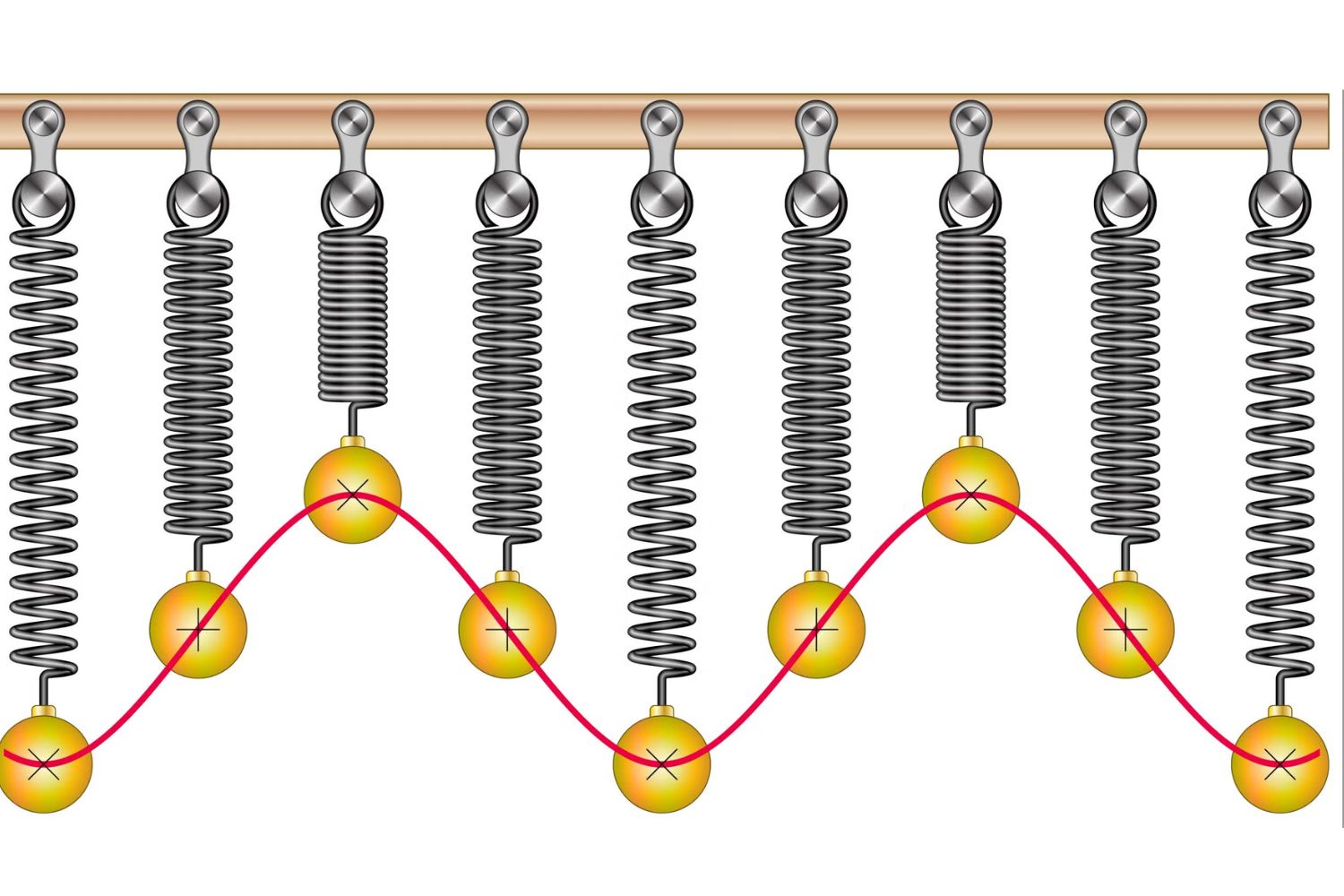
Harmonic analysis is a branch of mathematics that studies the representation of functions or signals as the superposition of basic waves. This field has applications in various areas such as signal processing, quantum mechanics, and even number theory. But what exactly makes harmonic analysis so important? It helps us understand and manipulate complex signals, making it crucial for technologies like MRI machines, audio compression, and even internet data transmission. From Fourier series to wavelets, harmonic analysis provides the tools to break down and reconstruct signals in ways that are both practical and profound. Ready to dive into some intriguing facts about this fascinating subject? Let's get started!
What is Harmonic Analysis?
Harmonic analysis is a branch of mathematics that studies the representation of functions or signals as the superposition of basic waves. It has applications in various fields, including physics, engineering, and signal processing. Let's dive into some fascinating facts about this intriguing subject.
-
Harmonic analysis originated from the study of Fourier series, which decompose periodic functions into sums of sines and cosines.
-
Jean-Baptiste Joseph Fourier, a French mathematician, introduced the concept of Fourier series in the early 19th century.
-
Harmonic analysis is essential in understanding heat transfer, sound waves, and electromagnetic waves.
Key Concepts in Harmonic Analysis
Understanding the core ideas behind harmonic analysis can help grasp its applications and significance. Here are some key concepts:
-
Fourier Transform: Converts a time-domain signal into its frequency-domain representation.
-
Inverse Fourier Transform: Converts a frequency-domain signal back into the time domain.
-
Wavelets: Functions that can be used to analyze signals at different scales and resolutions.
-
Spectral Analysis: The study of how different frequencies contribute to a signal.
Applications of Harmonic Analysis
Harmonic analysis isn't just theoretical; it has practical applications in many fields. Here are some examples:
-
Signal Processing: Used in filtering, compressing, and reconstructing signals.
-
Image Processing: Helps in image compression techniques like JPEG.
-
Quantum Mechanics: Assists in solving the Schrödinger equation.
-
Acoustics: Analyzes sound waves to improve audio quality.
-
Medical Imaging: Enhances techniques like MRI and CT scans.
Historical Milestones in Harmonic Analysis
The development of harmonic analysis has been marked by significant milestones. Here are a few:
-
1822: Fourier publishes his groundbreaking work on heat transfer.
-
1930s: Norbert Wiener develops the theory of generalized harmonic analysis.
-
1980s: Wavelet theory emerges, revolutionizing signal processing.
Modern Developments in Harmonic Analysis
Recent advancements have expanded the scope and applications of harmonic analysis. Here are some modern developments:
-
Compressed Sensing: A technique that reconstructs signals from fewer samples than traditional methods.
-
Machine Learning: Harmonic analysis aids in feature extraction and data representation.
-
Big Data: Helps in analyzing large datasets by breaking them down into simpler components.
Fun Facts about Harmonic Analysis
Harmonic analysis isn't just about serious math; it has some fun and quirky aspects too. Check these out:
-
Music: Harmonic analysis helps in understanding musical harmony and chord progressions.
-
Art: Used in analyzing patterns and textures in visual art.
-
Nature: Explains phenomena like the harmonic series in sound waves produced by musical instruments.
Challenges in Harmonic Analysis
Despite its many applications, harmonic analysis faces several challenges. Here are a few:
-
Complexity: Analyzing non-periodic signals can be mathematically challenging.
-
Computational Cost: High computational power is often required for real-time analysis.
-
Noise Sensitivity: Harmonic analysis can be sensitive to noise, affecting accuracy.
Future of Harmonic Analysis
The future holds exciting possibilities for harmonic analysis. Here are some trends to watch:
-
Quantum Computing: Could revolutionize harmonic analysis by solving complex problems faster.
-
Artificial Intelligence: AI algorithms could enhance the accuracy and efficiency of harmonic analysis.
-
Interdisciplinary Research: Collaboration between fields like biology, physics, and computer science could lead to new applications and discoveries.
Final Notes on Harmonic Analysis
Harmonic analysis isn't just for mathematicians. It impacts many fields, from music to data science. Understanding Fourier transforms can help in signal processing, while wavelet transforms assist in image compression. This branch of mathematics also plays a role in quantum mechanics and even in predicting weather patterns.
Learning about harmonic analysis can open doors to new technologies and innovations. Whether you're a student, a professional, or just curious, grasping these concepts can be rewarding.
Remember, the beauty of harmonic analysis lies in its ability to break down complex problems into simpler parts. This makes it a powerful tool for solving real-world issues. So, keep exploring and applying these principles. The more you understand, the more you'll appreciate the world around you.
Was this page helpful?
Our commitment to delivering trustworthy and engaging content is at the heart of what we do. Each fact on our site is contributed by real users like you, bringing a wealth of diverse insights and information. To ensure the highest standards of accuracy and reliability, our dedicated editors meticulously review each submission. This process guarantees that the facts we share are not only fascinating but also credible. Trust in our commitment to quality and authenticity as you explore and learn with us.
